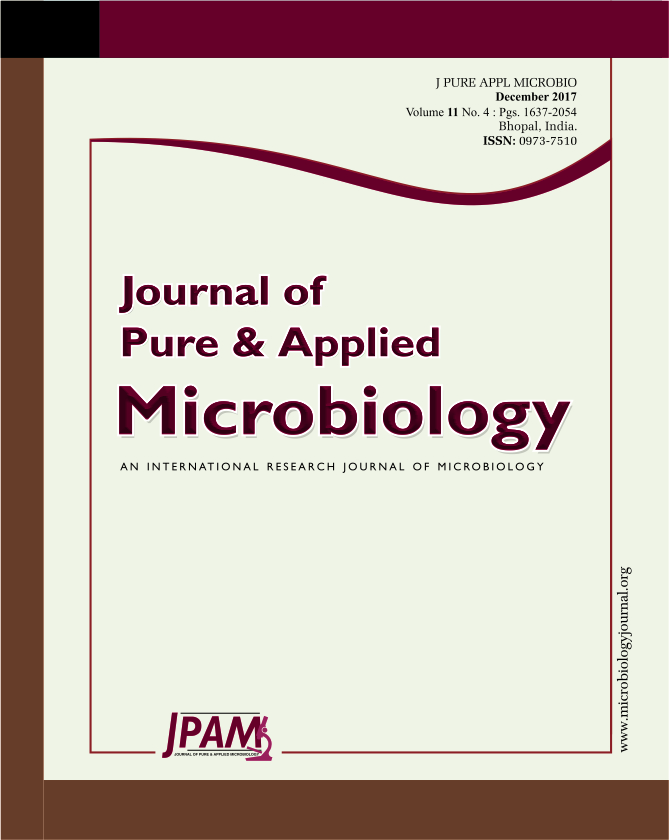Pearl millet dietary fibre fermentation using four co-culture of three probiotic strains Lactobacillus rhamnosus, Bifidobacterium longum, Bifidobacterium bifidus was studied for production of short chain fatty acids (SCFA). All co-cultures were grown on specific medium containing pearl millet fibre fractions; IDF, SDF, TDF as a main carbon source. SCFA production of the probiotics co-cultures was measured at 0, 6, 24, and 48h using gas liquid chromatography. SCFA formation among the fibre fractions followed the pattern of TDF>SDF>IDF irrespective of co-cultures, indicated that TDF is the best possible dietary fibre for SCFA production. During all co-cultures fermentation with pearl millet fibre fractions, quantity of different SCFA’s produced was acetate>propionate >butyrate. The SCFA quantity was observed low with co-culture of probiotic comprised of same genus (p < 0.05). During 48 h fermentation, co-cultures (BL+BB, BB+LR and BL+LR) digested 81-88 % of the millet fibre fractions. Bifidobacterium bifidum + Bifidobacterium longum + Lactobacillus rhamnosus co-culture was found most efficient during pearl millet fermentation which digested the 97% fibre fractions and produced more SCFA than other combinations in the study. These findings conferred pearl millet dietary fibre fractions as new potential prebiotic for tested probiotic co-cultures.
Probiotic fermentation, Short chain fatty acid, Co-cultures, Gas liquid chromatography.
© The Author(s) 2017. Open Access. This article is distributed under the terms of the Creative Commons Attribution 4.0 International License which permits unrestricted use, sharing, distribution, and reproduction in any medium, provided you give appropriate credit to the original author(s) and the source, provide a link to the Creative Commons license, and indicate if changes were made.


